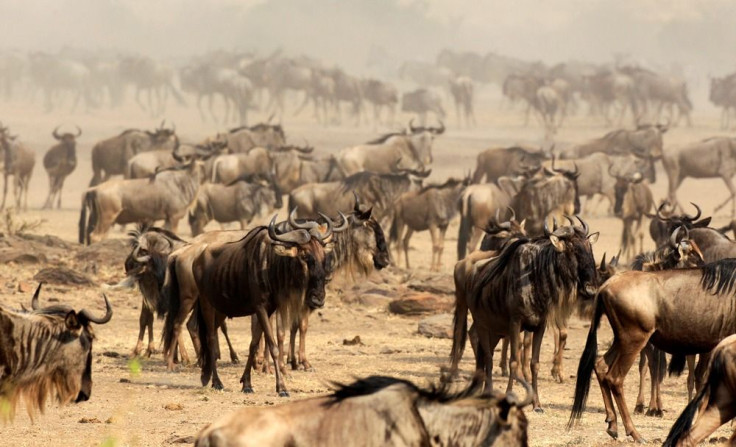The Iconic Serengeti National Park Is Slowly Disappearing, Research Says

The Serengeti National Park in Tanzania, an iconic host to the most diverse ecosystems in the world, is shown to be slowly disappearing according to a new study. A large research project funded by the European Union is studying different factors that contribute to what’s happening in Serengeti.
The Serengeti is the “image of Africa”, as described by biology professor at Norwegian University of Science and Technology, or NTNU, Eivin Røskaft, head of the entire research project. According to him, the Serengeti will be the main focus of the entire study.
Almost 100 research scientists are working with the project entitled “Linking biodiversity, ecosystem functions and services in the Serengeti-Mara region, East Africa", PhysOrg reports. Researchers hail from 13 different institutions in Denmark, Norway, Kenya, Tanzania, Germany, Netherlands and Scotland, with Norway being the head of the study via NTNU.
The research finds—without surprise—that climate change is one of the biggest factors of the disappearance of the Serengeti. Warming of the climate led to the shift in the region’s season; there have been longer dry seasons and more powerful rains, which resulted in soil erosion.
The growth of population is another factor and more people have increased demand for food, consequently hunting on the grounds of the Serengeti. In addition, the presence of added livestock has placed more pressure on the lands.
The study also finds that Serengeti forests have been cut down paving way for infrastructure and land development. According to sources, builders plan to construct a road that runs through the national park and overlap the famous migration route of the wildebeest, which concerns many conservationists.
Serengeti National Park covers Kenya and the largest virgin forests in Africa, the Mau Forest. The Mara River, which starts from the Mau Forest, serves as sustenance for all ecosystems found in the region.
The Serengeti region offers critical resources such as water, food for humans and animals, land for cultivation, wood and natural experiences. Currently, the study is the largest EU-funded project of the NTNU.
To report problems or leave feedback on this article, email: wendylemeric@gmail.com.





















